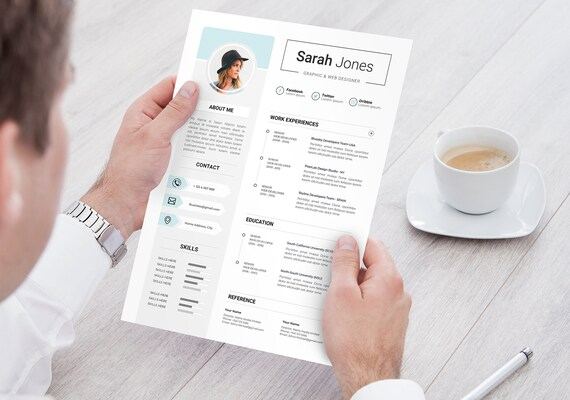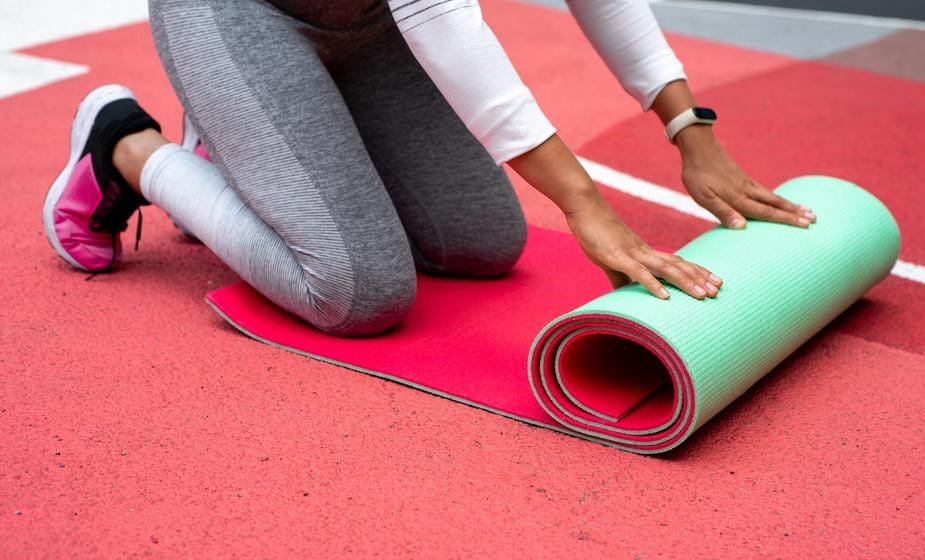
Understanding the Purpose of Your Resume
A resume is your professional introduction, a snapshot of your skills, experiences, and achievements. Its primary purpose is to grab the attention of potential employers and secure an interview. To create an impactful resume, focus on clarity, relevance, and personalization. Avoid overloading it with unnecessary information; instead, tailor it to the job you’re applying for.
Structuring Your Resume for Success
An effective resume begins with a clean and organized structure. Start with a professional summary that highlights your core competencies and career goals. Follow this with sections on your work experience, education, and relevant skills. Use bullet points to make information digestible and ensure consistent formatting for headings, dates, and descriptions.
Highlighting Your Achievements
Instead of simply listing job duties, emphasize accomplishments and contributions. Use quantifiable examples to showcase your impact, such as “Increased sales by 20% over six months” or “Implemented a new system that reduced processing time by 30%.” These details demonstrate your value and differentiate you from other candidates.
Customizing for Each Role
A one-size-fits-all resume rarely succeeds. Review the job description carefully and incorporate keywords that align with the role. Highlight skills and experiences most relevant to the position, and adjust your summary to reflect the employer’s priorities. This personalization shows dedication and increases your chances of getting noticed.
Using Professional Language
Your resume should communicate professionalism and confidence. Avoid jargon, slang, and overly complex language. Use action verbs such as “led,” “developed,” “initiated,” or “achieved” to convey your contributions clearly. Pay attention to grammar and spelling; even a small error can leave a negative impression.
Including a Touch of Personality
While professionalism is key, a resume can subtly reflect your personality through sections like hobbies or volunteer work. For example, mentioning your involvement in community projects or creative pursuits adds dimension to your profile and can become a conversation starter during interviews.
Closing with a Strong Finish
End your resume with a concise and professional closing, such as “References available upon request.” Ensure that your contact information is accurate and up-to-date, including your email and phone number. A polished resume paired with a tailored cover letter can make a powerful first impression and set the stage for a successful career journey.
 How to choose a thing in the mass market that will look no worse or sometimes better than a branded one
How to choose a thing in the mass market that will look no worse or sometimes better than a branded one 5 capricious indoor plants, the acquisition of which is like money down the drain
5 capricious indoor plants, the acquisition of which is like money down the drain How ancient Russian knives were made, which in terms of blade hardness could be compared with war blades
How ancient Russian knives were made, which in terms of blade hardness could be compared with war blades 66 years of continuous service: how the longest-lasting aircraft in aviation history came to be
66 years of continuous service: how the longest-lasting aircraft in aviation history came to be How idling can harm a gasoline engine
How idling can harm a gasoline engine How to plant a spruce on the site so that it probably starts and grows quickly
How to plant a spruce on the site so that it probably starts and grows quickly
Reviews
Phoebe Carver
As always, your post is filled with useful information. Thank you for your work and research!
Ellis Bennett
It was very informative. You highlighted a few things that I hadn't thought about before. I look forward to continuing the discussion!